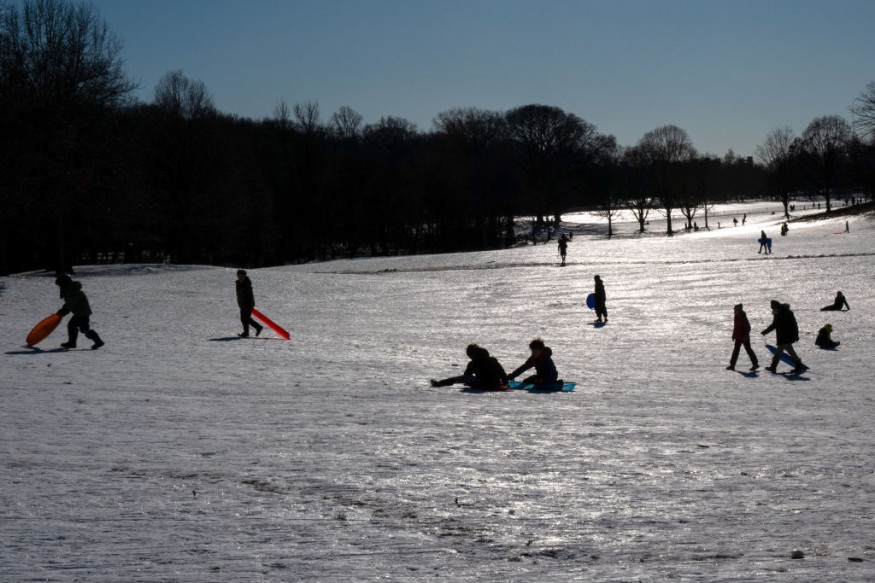
A Midwest storm is seen to bring swath of snow to the Upper Peninsula of Michigan and the Central Appalachians.
Weather experts said that the next storm would plunge into the Midwest and Ohio Valley. They said this would arrive early this week in the Great Lakes region.
It is forecasted to bring a swath of accumulating snow from the Upper Peninsula of Michigan to the central Appalachians in the coming days.
Clipper Storm To Bring Snow
Meteorologists said that the clipper storm would drop southeastward out of Canada as a southward dip in the jet stream ushers cooler air into the upper levels of the atmosphere.
Some cities such as Chicago, Indianapolis and Detroit will notice daytime temperatures a few degrees lower on Tuesday.
So far, most locations will only fall between four to six degrees compared to Monday temperature as the storm will move throughout the region.
The National Weather Service (NWS) said that much of the country would remain dry over the next couple of days as broad upper-level ridging shifts from the western to central part of the country.
Officials explained that one exception would be with a clipper-like system dropping southeastward from the Midwest into the Southeast.
Due to this phenomenon, light to moderate rain or snow showers will spread from the Great Lakes Monday evening into the Ohio Valley and Appalachians during the day of Tuesday.
Furthermore, little to no snow accumulations are anticipated outside of higher elevations of the central or southern Appalachians, where a couple inches of snow or so will be possible.
Chances Of Shower
On the other hand, shower chances will increase for the Carolinas on Wednesday, with the potential that coastal areas may see some locally heavier showers that is enhanced by a coastal low developing in the Atlantic.
The broad upper-level ridging will also keep temperatures well above late January averages by 10 to 20+ degrees for most of the country on Tuesday and Wednesday.
The greatest anomalies are in the Northern and Central Plains and Upper Midwest where highs in the upper 40s to mid-60s are as much as 20-30 degrees above average. A few daily records could be tied or broken.
Meteorologists said that the highs along the West Coast through the Desert Southwest and into the Southern Plains will be in the 60s and 70s, with 50s and 60s for much of the Intermountain West.
Temperatures will be closer to or a bit below average for the Southeast and northward along the East Coast as conditions are slower to moderate following a cold front passage.
Forecast highs range from the 20s and 30s in New England, 30s and 40s for the Mid-Atlantic, and 50s and 60s in the Southeast and Florida.
They said that some light to moderate showers are forecasted for portions of the coastal Pacific Northwest through Tuesday as a series of Pacific waves pass by the region.
The attention will then turn to an Atmospheric River expected to begin bringing impacts to the West Coast as early as Tuesday evening, and ramping up through the day Wednesday.
A combination of strong dynamic forcing as well as a deep, anomalously high stream of moisture moving into southwestern Oregon and northern California will lead to very heavy rainfall, with totals of several inches possible.
Related Article : Rounds of Rain to Impact California, Northwestern US This Weekend
© 2025 NatureWorldNews.com All rights reserved. Do not reproduce without permission.





